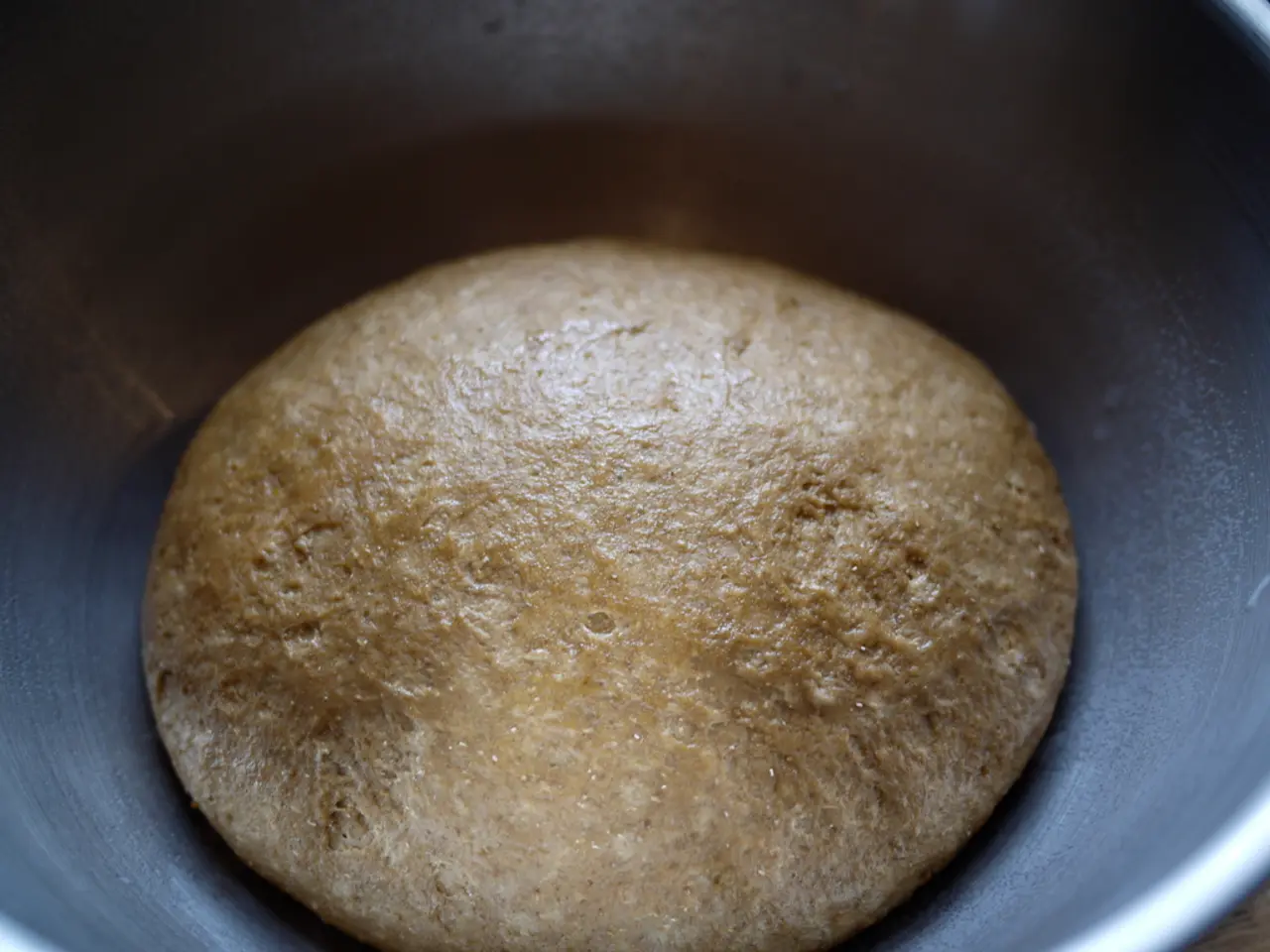Super Wheat: Boost Yield, Income, and Nutrition in India, Thanks to Pusa Tejas (HI 8759)
Pusa Tejas (HI 8759), a biofortified durum wheat variety developed by the ICAR-Indian Institute of Wheat and Barley Research (IIWBR) and AICRP Wheat & Barley, is making waves in the Indian agricultural sector. This high-yielding, early-maturing, and disease-resistant durum wheat variety is gaining popularity among farmers, particularly in states like Madhya Pradesh, due to its nutritional benefits and economic advantages.
Pusa Tejas stands out for its enhanced nutritional profile, boasting high levels of iron (40 ppm), zinc (40 ppm), and protein (13%). This makes it an ideal choice for combating malnutrition, particularly iron-deficiency anemia and micronutrient deficiencies in rural populations where wheat is a staple.
Agronomically, Pusa Tejas is well-suited to diverse agro-climatic zones, especially in North and Central India. It matures early, in about 110 to 115 days, allowing farmers to better plan their crop cycles. Pusa Tejas is also drought-tolerant, reducing water and labor costs.
In terms of use, Pusa Tejas is primarily used for semolina-based products such as pasta, noodles, daliya, and sewai. Traditional durum varieties lacked resilience and nutrition, but Pusa Tejas improves on these traits with better adaptability and enhanced nutrient content, representing a modern, farmer-friendly option for wheat cultivation in India.
Pusa Tejas benefits from a slightly higher nitrogen application compared to bread wheat. It also has good tolerance against yellow rust and leaf rust, two major diseases affecting wheat crops. Pusa Tejas has strong stems, good grain quality, and bold amber-colored kernels preferred in both domestic and export markets.
Regular weeding, timely irrigation, and crop monitoring help farmers manage pests and diseases effectively for Pusa Tejas. Including Pusa Tejas in the diet can help address iron-deficiency anemia and other micronutrient-related issues without the need for dietary supplements. With its nutritional superiority and consistent performance, Pusa Tejas could potentially fetch higher value in niche health-conscious markets.
Recommended sowing time for Pusa Tejas is from early to mid-November. Farmers are advised to use certified seeds, prepare the field with proper tillage, and maintain optimal seed spacing for Pusa Tejas. Fertilizer application based on soil testing ensures better uptake of nutrients and maximizes yield for Pusa Tejas.
Promoting Pusa Tejas through farmer producer organizations and state agriculture departments could strengthen its market presence and ensure better adoption. By choosing Pusa Tejas, farmers not only support their own nutritional security but also contribute to addressing food security and nutritional deficiencies for the farming and consumer population in India.
[1] ICAR-IIWBR (2021). Pusa Tejas (HI 8759). Available at: http://www.iiwbr.res.in/research/varieties/hi-8759 [2] AICRPW&B (2021). Pusa Tejas (HI 8759). Available at: http://aicrppwb.res.in/research/varieties/pusa-tejas-hi-8759 [3] Govt. of India (2021). Pusa Tejas (HI 8759). Available at: https://cropdata.gov.in/writereaddata/writeread/upload/HI8759.pdf [4] Singh, R.P., et al. (2018). Biofortification of durum wheat with iron and zinc: A review. Journal of Cereal Science, 81, 1-10. [5] FAO (2019). Biofortification of staple crops for improved nutrition. Available at: https://www.fao.org/3/ca8762en/ca8762en.pdf
Science plays a crucial role in addressing nutritional deficiencies, as seen with the development of Pusa Tejas, a biofortified durum wheat variety. This health-and-wellness innovation, backed by the ICAR-Indian Institute of Wheat and Barley Research (IIWBR) and AICRP Wheat & Barley, boasts high levels of iron, zinc, and protein—essential nutrients often lacking in rural diets. As such, Pusa Tejas represents a significant contribution to the fitness-and-exercise and nutrition sectors by promoting better health and wellness in India.




